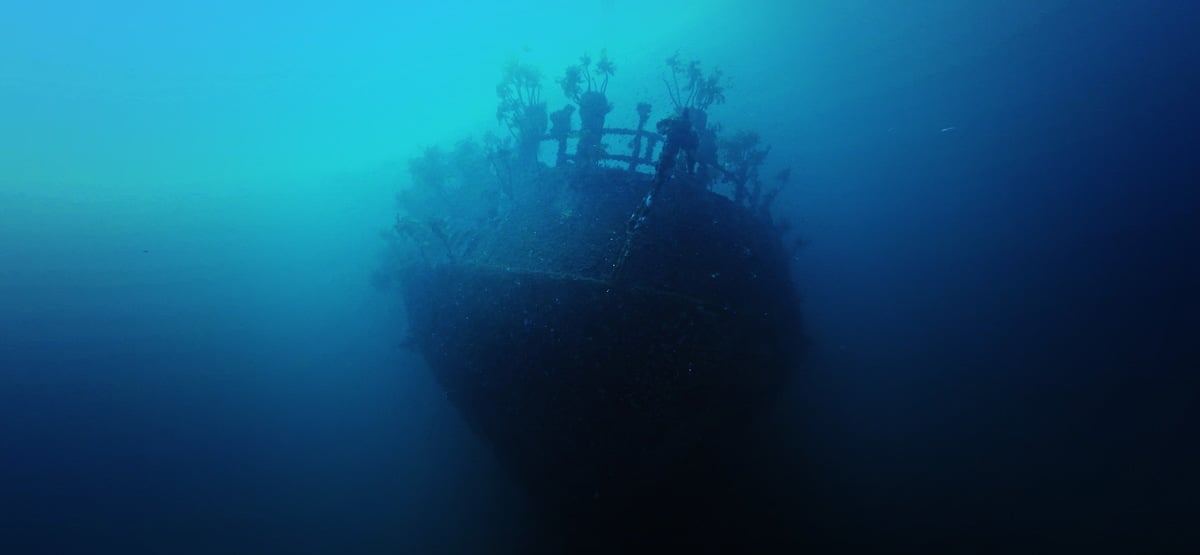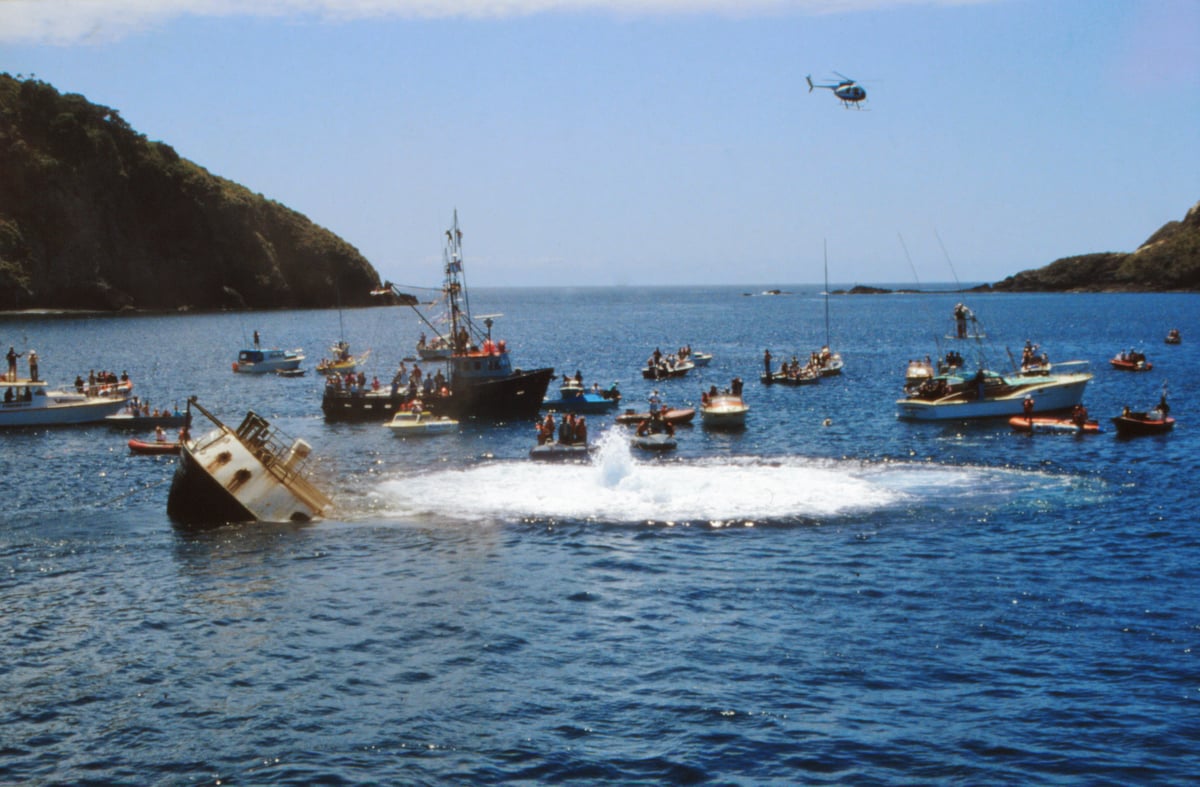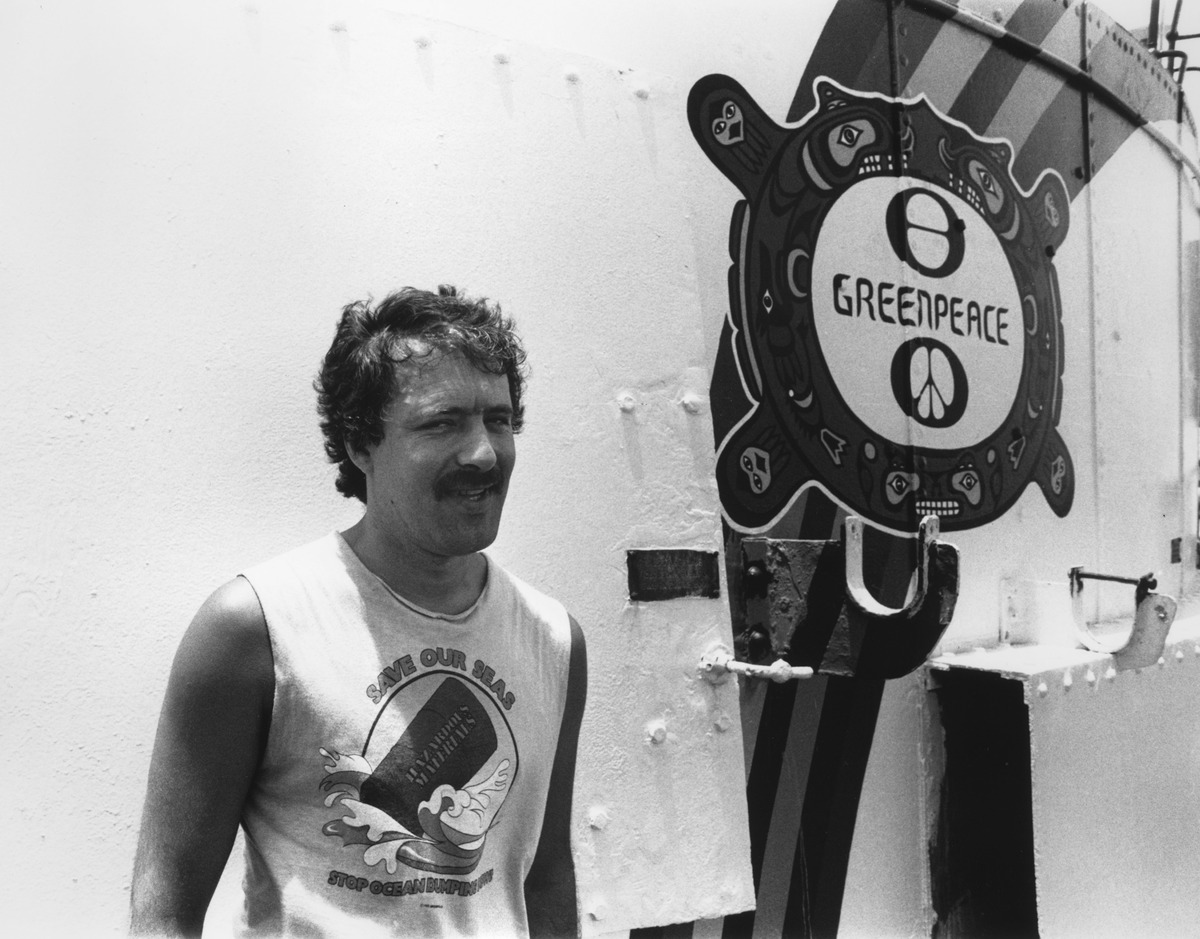
Only a few months ago, Greenpeace supporters worldwide marked the 30-year anniversary of the bombing of the Rainbow Warrior, when French government agents used limpet mines to sink the ship in Auckland, killing Portuguese photographer Fernando Pereira.
But it came as a surprise when Jean-Luc Kister, one of the agents responsible for the attack, apologised in an interview with New Zealand TV channel TVNZ and on the French news site Mediapart (French), on Sunday.
The apology came three decades late, and from just one of the agents responsible, but confirms that the attack was a deliberate act of violence against the ship and its crew during their protests against French nuclear testing in the South Pacific.
Pete Willcox, who was captain of the ship at the time – and who is skipper on board the new Rainbow Warrior in the Pacific right now, as it campaigns against human slavery and overfishing in the tuna industry – reacted:
“I felt that Kister was sincere in his apology last night. And I accept it. We are all human, and we all make mistakes. People and governments alike.
“But Mr Kister was a part of state sponsored terrorism, and there can be no quibbling on this. This includes the late President Mitterrand and the rest of the team that both planned and executed the crime.

“Mr Kister wants us to believe that they were incompetent when they planted the bombs on the Rainbow Warrior, and that they never meant to kill anyone. I believe they were indifferent, not incompetent.
“What did they think would happen? They blew a 2 x 2.5 meter hole in the hull below the waterline. The boat sank in about 45 seconds. About one minute after the first bomb, the second bomb that killed Fernando went off. This was a highly trained military team. Could they really have been that bad at their job? They could have used, and I am guessing here, one quarter of the explosives, and sunk the boat, giving us time to get off.
“There is no doubt in my mind that had the bombs gone off 30 minutes sooner, we would have lost the dozen or so persons who were left from the meeting of the Peace Fleet crews in the cargo hold. They would have never have had time to get off.
“And I can not forget how this event tore a hole in the life of the Pereira family that has never healed.”

In a statement (French), Jean-François Julliard, Executive Director of Greenpeace France, said:
“The French government’s planned bombing of the Rainbow Warrior was thirty years ago. Sadly, decades passed before just one of the agents responsible for the bombing apologised.
“While the deadly bombing did manage to sink our ship that day, it never managed to knock the courage a movement of millions still calling for a green and peaceful future.
“This confession confirms what Greenpeace always known to be true: the death of Fernando Pereira and the sinking of the Rainbow Warrior was a deliberate act of violence.
“This confession is a reminder to all that aim to silence the call for a better world – and all who seek to repress peaceful mobilisation with violence – that you cannot halt the courage of millions and you can never sink a rainbow.”
Pete Willcox added: “While Mr Kister has apologised last night, the government of France, on behalf of the French state, never has – not to Greenpeace; not to the Pereira family. We are done asking. It up is to them.”
Watch the 2005 documentary about the sinking of the Rainbow Warrior, The Boat and the Bomb here. Or watch the teaser here.
Tom Lowe is a Multimedia Editor for the Communications Hub at Greenpeace International.
